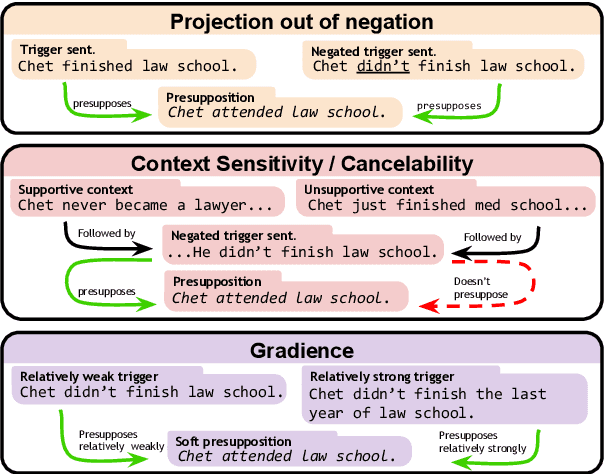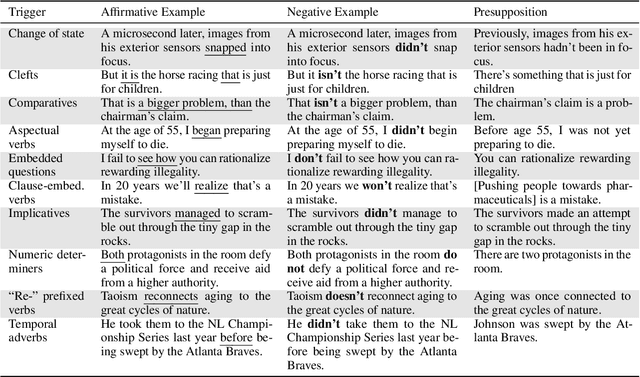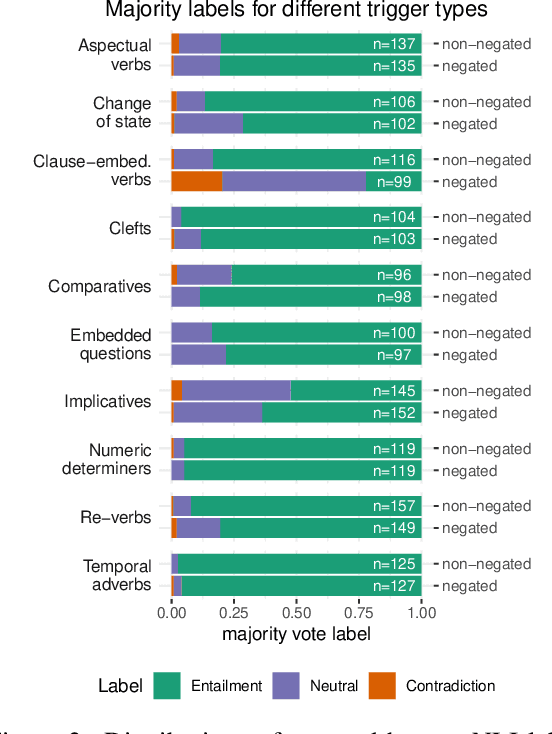Zhuoye Zhao
Beyond the Imitation Game: Quantifying and extrapolating the capabilities of language models
Jun 10, 2022Abstract:Language models demonstrate both quantitative improvement and new qualitative capabilities with increasing scale. Despite their potentially transformative impact, these new capabilities are as yet poorly characterized. In order to inform future research, prepare for disruptive new model capabilities, and ameliorate socially harmful effects, it is vital that we understand the present and near-future capabilities and limitations of language models. To address this challenge, we introduce the Beyond the Imitation Game benchmark (BIG-bench). BIG-bench currently consists of 204 tasks, contributed by 442 authors across 132 institutions. Task topics are diverse, drawing problems from linguistics, childhood development, math, common-sense reasoning, biology, physics, social bias, software development, and beyond. BIG-bench focuses on tasks that are believed to be beyond the capabilities of current language models. We evaluate the behavior of OpenAI's GPT models, Google-internal dense transformer architectures, and Switch-style sparse transformers on BIG-bench, across model sizes spanning millions to hundreds of billions of parameters. In addition, a team of human expert raters performed all tasks in order to provide a strong baseline. Findings include: model performance and calibration both improve with scale, but are poor in absolute terms (and when compared with rater performance); performance is remarkably similar across model classes, though with benefits from sparsity; tasks that improve gradually and predictably commonly involve a large knowledge or memorization component, whereas tasks that exhibit "breakthrough" behavior at a critical scale often involve multiple steps or components, or brittle metrics; social bias typically increases with scale in settings with ambiguous context, but this can be improved with prompting.
NOPE: A Corpus of Naturally-Occurring Presuppositions in English
Sep 14, 2021



Abstract:Understanding language requires grasping not only the overtly stated content, but also making inferences about things that were left unsaid. These inferences include presuppositions, a phenomenon by which a listener learns about new information through reasoning about what a speaker takes as given. Presuppositions require complex understanding of the lexical and syntactic properties that trigger them as well as the broader conversational context. In this work, we introduce the Naturally-Occurring Presuppositions in English (NOPE) Corpus to investigate the context-sensitivity of 10 different types of presupposition triggers and to evaluate machine learning models' ability to predict human inferences. We find that most of the triggers we investigate exhibit moderate variability. We further find that transformer-based models draw correct inferences in simple cases involving presuppositions, but they fail to capture the minority of exceptional cases in which human judgments reveal complex interactions between context and triggers.
 Add to Chrome
Add to Chrome Add to Firefox
Add to Firefox Add to Edge
Add to Edge